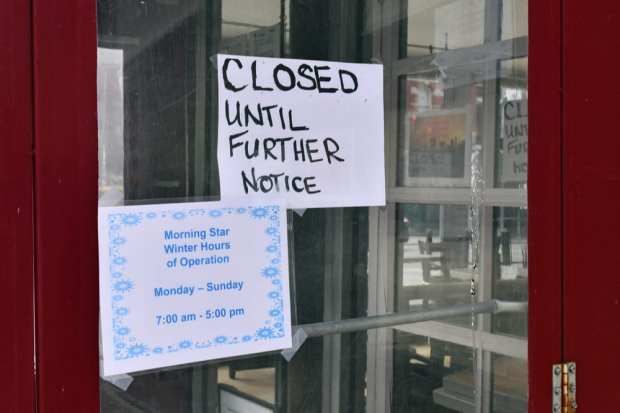Retail Job Losses Await COVID-19 Turnaround

We know retail was among the categories that contributed heavily to last week’s historic unemployment numbers. What’s not so clear is when those jobs will return or what will happen to the employees who have lost those jobs as a result of the COVID-19 pandemic. However, some new thinking is starting to put some color on the retail restart.
“At some point, “you start to run out of people who have lost their jobs because of the quarantine,” said Diane Lim, director of outreach and senior advisor at the Penn Wharton Budget Model. “I’m hopeful that there is a natural limit to the job loss, because we hit the most obvious sectors first — the businesses that had to shut down immediately, because they served crowds of people. Most people who do work sitting at a computer can do that anywhere. It’s easier for many in office jobs to continue work as usual.”
According to an informal survey of professors at Wharton, many jobs could come back once restrictions are lifted. One reason is that most workers in the leisure and hospitality sector believe they could go back to their previous employers. Those who have been laid off and have filed for unemployment benefits, “still think of [these companies] as their current employer,” Lim said. “The positive thing is that while this has been a very sudden and dramatic drop in jobs and employment, things could very quickly improve once we get past the necessity of staying at home.”
The actual date of rehiring, according to Wharton professors, depends not so much on the lifting of shelter-in-place restrictions as it does on the disbursement of funds already approved by Congress as well as actions it could still take in a new stimulus package. So far, the Small Business Administration (SBA) and the Paycheck Protection Program (part of the $2 trillion stimulus package passed by Congress) have been overwhelmed and, in many cases, shut down.
The jobless claims report released last week has been seen as a cyclical or occasional shift more than a permanent one. “They do not really suggest a secular shift where employers learn to make do with fewer employees,” according to Wharton management professor Matthew Bidwell. “Recessions encourage employers to do as much as they can with as few staff as possible — we saw that a lot after the financial crisis. But that is more of a cyclical shift than a secular one. I don’t believe that we will see a lot of the formal economy shift to the gig economy. The benefits just are not there [to make that shift] for employers in most sectors.”
Another Wharton professor encouraged the U.S. government to consider the German system of “Kurzarbeit.” “Kurzarbeit” is an agreement between the state, employers and employees which guarantee jobs for employees who agree to a cut in wages to around 80 percent of the full amount. The state then reimburses a large portion of wages directly to the worker.
“The advantage of the Kurzarbeit system is that workers can maintain their jobs and the employer-employee relationship is not interrupted along with fringe benefits,” the Wharton report says. “One other advantage of the system is that firms that struggle now can remain in business and after a downturn, they can resume with the same employees. That avoids causing frictions in the labor market, forcing companies to start all over and employees to search for new employment.”
